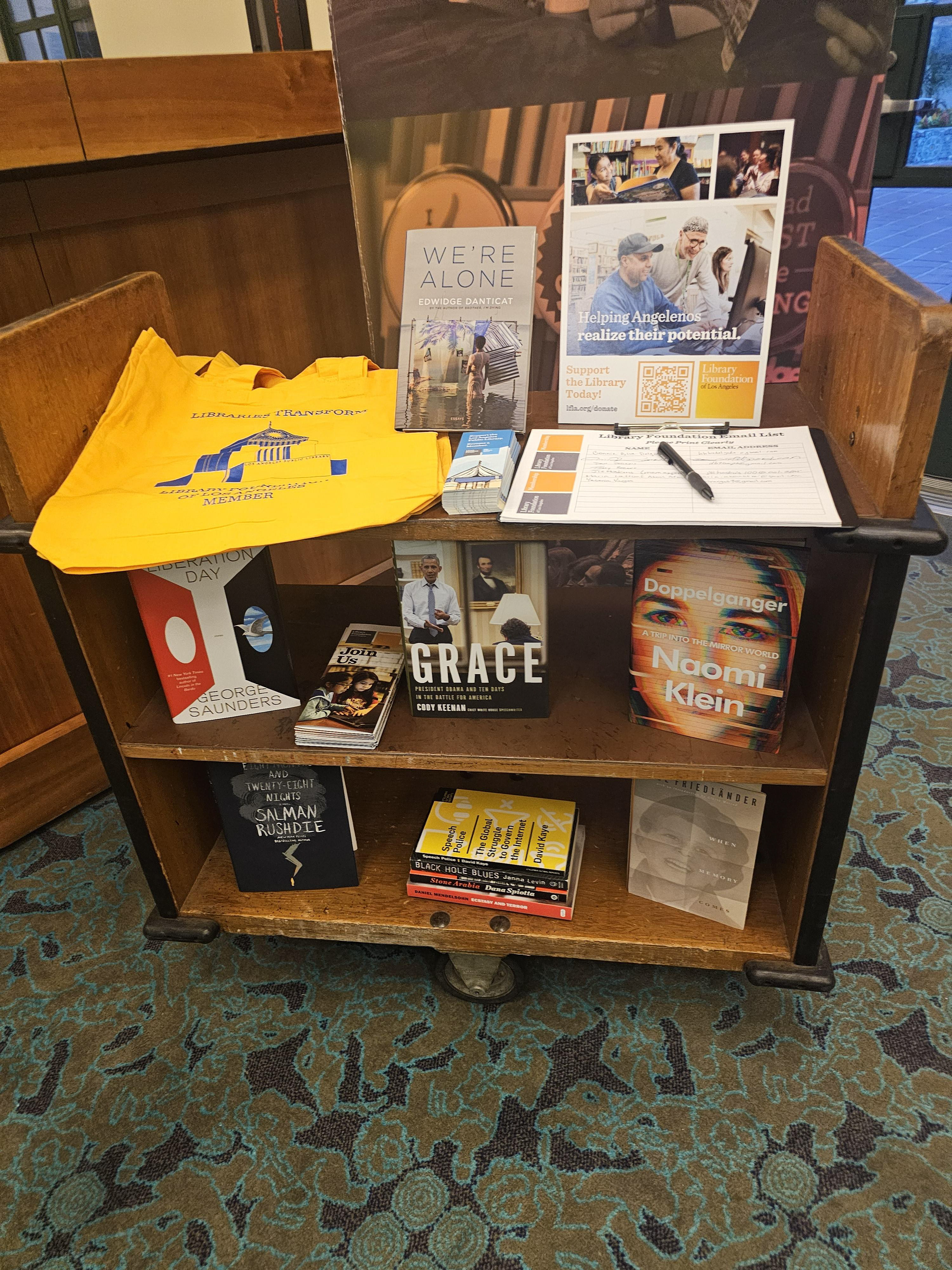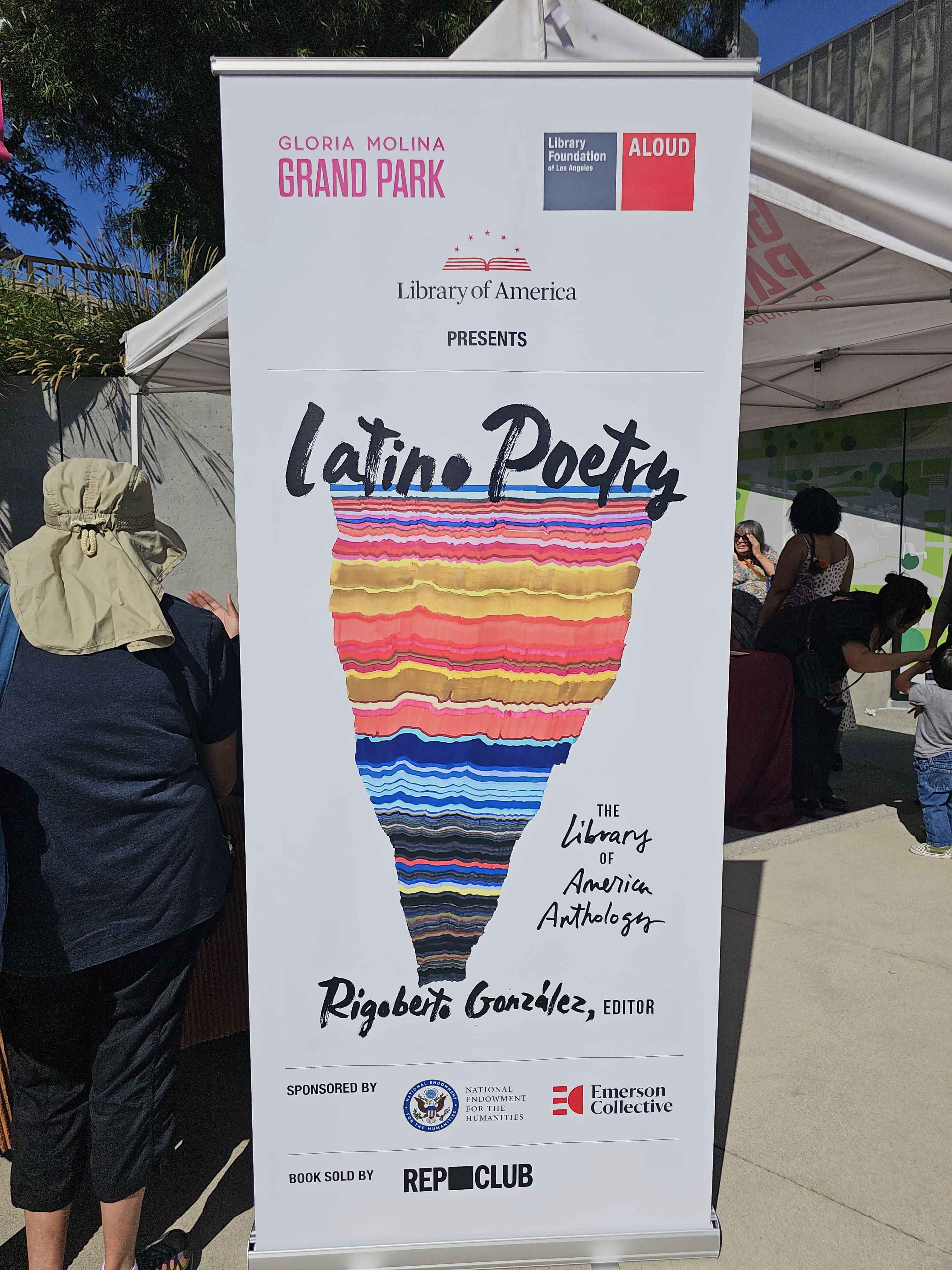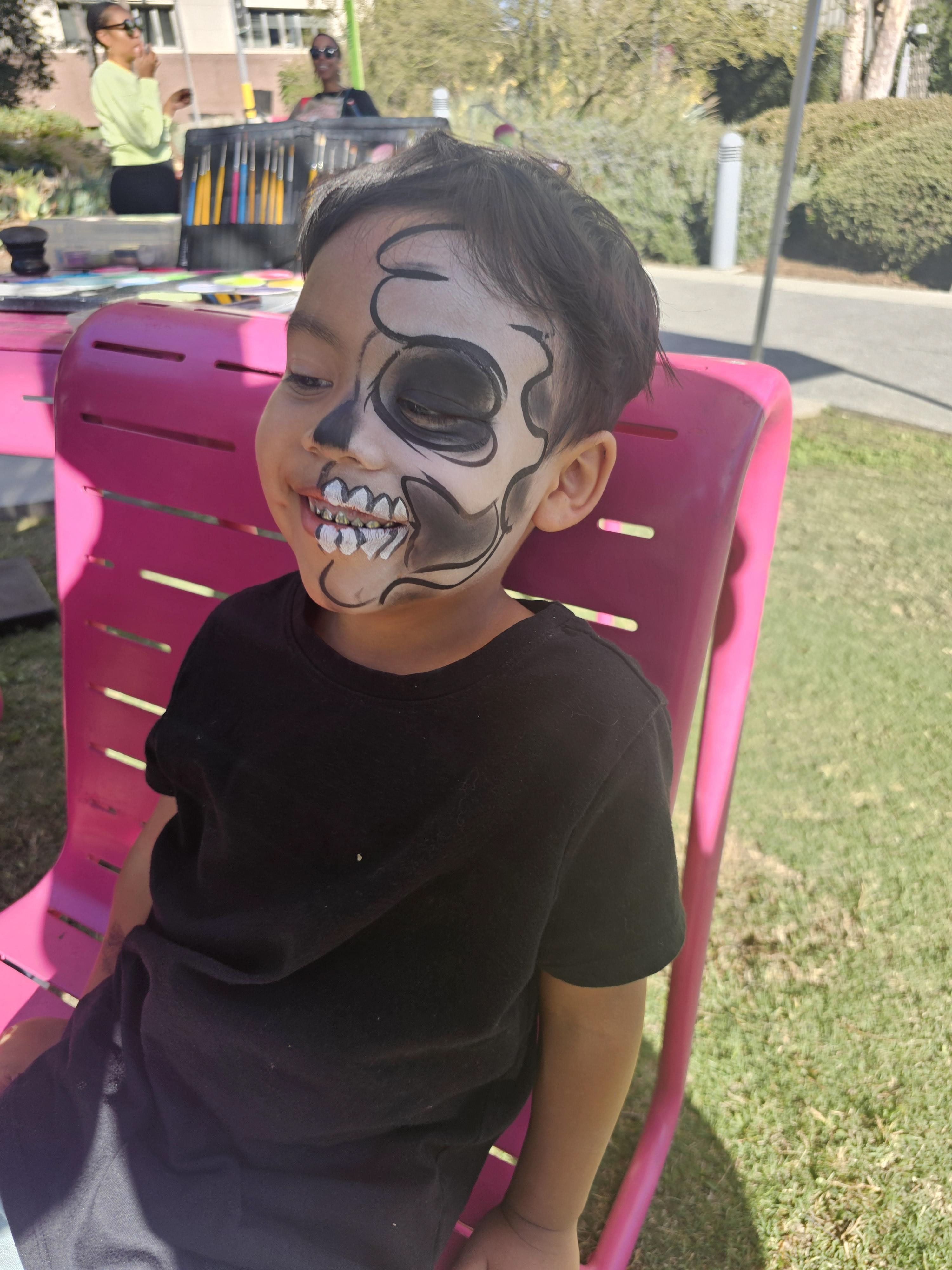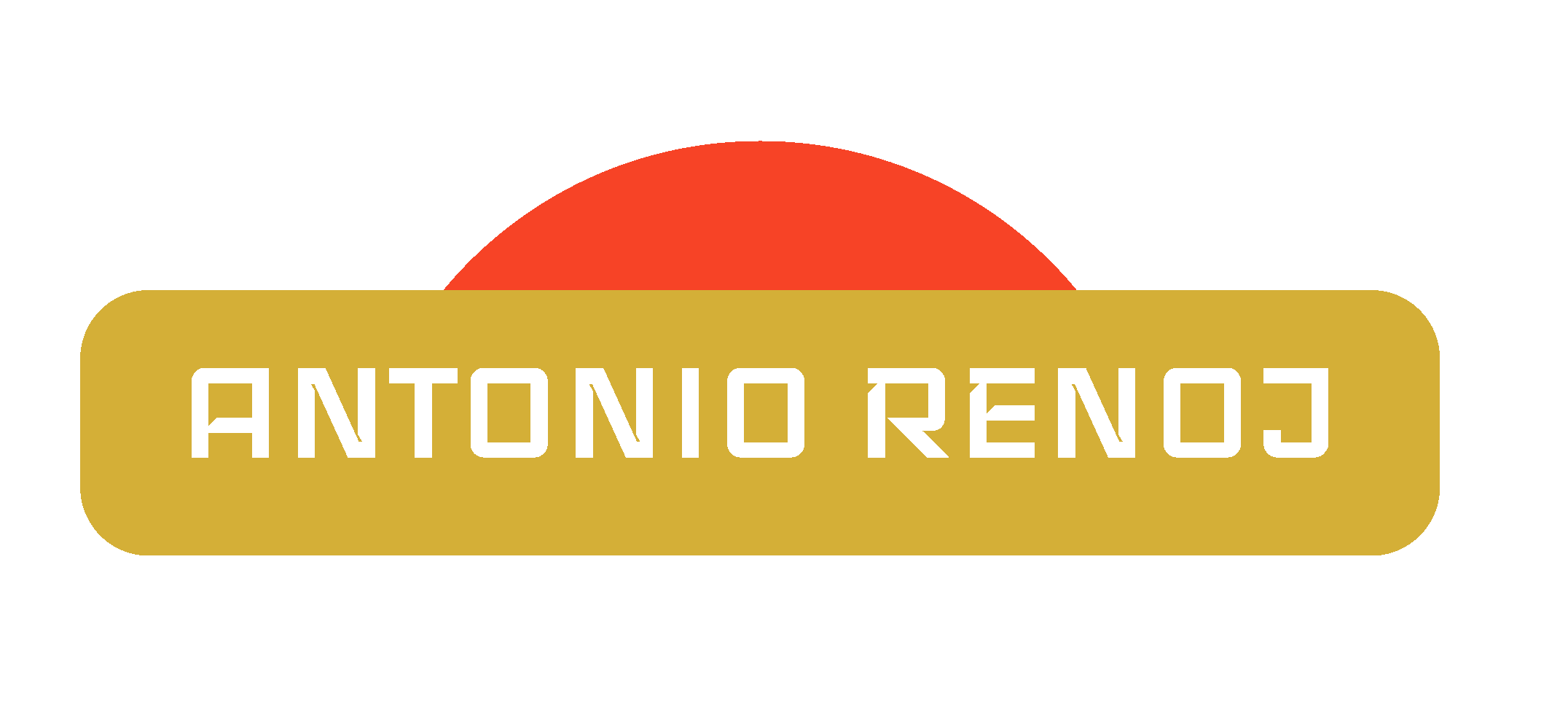SERVICE DESIGN
Project Summary: To design a solution to an existing problem in the donor and member retention space for the Library Foundation of Los Angeles.
Consumer Profile: Foundation Members and non-members, 18-55
Roles: User Researcher, Product Designer
Design Tools used: Figma, Photoshop, Premiere Pro
Project length: 12 weeks
The team
Birgess Weston: Team leader, Product Designer
Antonio Renoj: Project Manager, UX Researcher, Product Designer
Erick Olivares: UX Designer, UX Researcher
Angel Tolentino: UX Researcher, Product Designer
Antonio Renoj: Project Manager, UX Researcher, Product Designer
Erick Olivares: UX Designer, UX Researcher
Angel Tolentino: UX Researcher, Product Designer
Introduction
The Library Foundation of Los Angeles (LFLA) provides critical support to the Los Angeles Public Library (LAPL) by providing free educational programs, resources, and supportive services available to the millions of adults, children, and youth in Los Angeles. Through fundraising, advocacy, and innovative programs, the Library Foundation strengthens the LAPL and promotes greater awareness of its valuable resources.
The Foundation is currently undergoing a major restructuring of its membership operations, branding and website presence. The Santa Monica College Interaction Design (IxD) program partnered with LFLA to further investigate solutions to various areas of opportunities. Our team was assigned Donors & Retention.
The Solution
Our team decided to create a quick marketing video that explains the Library Foundation's mission in under 90 seconds. The challenge was to capture the vast work into just a few phrases. We managed to explain what the foundation does, how it does it, and asks people to support the foundation. We used their existing materials to retell their story in a manner that can quickly grab a user's attention and motivate them to scan a code for more information. Our intention for its use was as a show opener at one of their ALOUD events.
The Problem
The Library Foundation of Los Angeles raises funds for the LA Public Library through various events, community building, and literacy programs.
However, they constantly face a messaging problem that makes them synonymous with the public library. This was a recurring theme that we kept running into throughout our research and one that was validated by stakeholders.
How might we refresh the membership experience in order to better obtain new members while retaining old ones?
Our Insights
The Library Foundation is unique in offering various ways to support its mission including a membership model, on-going donations, and through fundraising efforts. However, as it has evolved over the years, some of these efforts have also grown to offer different types of benefits, creating an overwhelming, and at times, confusing, message to entice people to support the foundation.
Observations and Field Research
I first got introduced to the ALOUD program, a free event hosted by the Library Foundation, and to author Edwidge Danticat.
The audience got to hear stories from the author about her latest book and got to ask her questions as well. This experience set the stage for future events to follow and it also provided a better sense of the types of programs that the Foundation offers.
I noticed that her books were on sale on a table by the door and other materials were in a cart nearby and how membership worked. Additionally, I attended other types of events including a collaboration with WordTheatre, a spoken word performance with known actors, and a fall festival that celebrated latino authors.
I realized that foundation provided these for free in order to engage the community and get them to appreciate the vast arts and culture experiences of Los Angeles that the library offers.




Subject Matter Interviews
As I learned more about the Library Foundation and the ALOUD program, our team moved into our subject matter interview phase. We had to learn directly from the the LFLA staff and other working professionals to learn more about how nonprofits work, how they fundraise, and what are some of the challenges that they face.
I was able to speak with the foundation's leadership staff and I reached out to former colleagues that work in nonprofits and that have great experience in fundraising and navigating complex situations for their organizations.
Melissa Kham, Chief Development Officer for the Library Foundation of Los Angeles, was the most informative interview that I conducted. We talked about the needs of the foundation and what it offers, and how it would like to move away from its traditional model in the future.
One of the most important things that that she shared with me is that the message that the foundation shares is sometimes confused with the library. Also, she would like to explore what an updated membership model could look like if incentives was not a driving factor.
Pat Clark, SVP of Membership for the Los Angeles Area Chamber of Commerce, provided me with a lot of insight into member retention and engagement. In her many years of engaging with members, she stressed the importance of meeting their needs by providing what they are looking for. Sometimes it is tax incentives and other times, it may be volunteer opportunities. "Let them tell you what they need" and solve for that.
Humberto Estratalan, Director of Public for Unite-LA, helped me understand how fundraising for nonprofits work and some of the restrictions that we should be aware of when talking about engaging other organizations. His input was valuable to me because I started to understand some of the pain points that the Library Foundation faces as we started to figure out the main problems.
I also interviewed a current member and other people about their experiences with the foundation. There was a lot of good things that were said about their events and the benefits they have, and also how their support helps the mission of the LAPL. All of this first hand information helped me understand the foundation and some of its issues.
Ideation
As our team began to understand the foundation's problems, we started to notice some recurring themes throughout our research. We started our ideation process by figuring out how the foundation can better serve their members and entice people to join the foundation. We wanted to explore different types of incentives and better benefits, different types of member engagement, and clarifying the value proposition of the foundation.
I focused on revamping the membership structure of the Library Foundation. I started by taking apart the various levels and the types of incentives it currently offers. I then reorganized them into categories and condensed the membership levels into 3 major sections.
Here is how it breaks down - The Supporter, Ambassador, Visionary levels are meant for the traditional members wanting a more passive experience (attend events and enjoy exclusive access) while the Literati Club encourages members to have a more active experience (engagement opportunities and community building).
Rebranding the Young Literati into the Literati Club was meant to remove the age restrictions that may disincentivize a person to join in the first place.
The Supporter and Movers membership level has the most to offer to new members. Exclusive access to events and tours and hosting community events ensures that members can get to know each other and increase their levels of engagement.
Next, the Ambassador and the Shakers level of membership is meant to increase the member's engagement. At this level, the foundation should challenge members to take center stage by participating in different events and experiences and to discover more of what the city has to offer.
This approach ensures that members can get the most out of the access that the library provides.
Finally, the Visionary and Doers levels were created with the most dedicated members in mind. Taking into the dollar amount and the commitment required at these levels, I had to consider how much farther can we push the engagement of members. I wanted to recognize their contributions beyond the donor wall on the lobby, so thinking about that was important. But at the heart of this redesign was how to let members drive the mission by experiencing everything it takes to make it work. By engaging in policy making or allowing them to serve on the council at some level, the foundation can ensure that their contributions are making a deeper impact.
This was the most difficult levels to design for because this requires the most amount of historical data. Without it, our assumptions could only take us so far. Additional financial data and member information was needed to built a better experience for the members at this level.
In addition to membership tiers, I also reimagine what that member experience could be like when they receive their onboarding packages. In this scenario, a new member would received a mailer shaped like a book that houses a bunch of goodies that further the mission of the foundation. In this package, they would find a welcome letter, an informational one-page document, a personalized library card, a Library Foundation pin and other gifts.
The intention is to provide members with a personalized experience that takes the foundation mission into their homes.
The rest of the team also explored additional opportunities for furthering the mission through creative marketing and merchandising. Updated banners, swag and table presence could capture a visitor's attention. We talked about different items including t-shirts, hats, tote bags, notebooks, pins, and other materials that would level up their current presence at ALOUD events. Here's a mockup of what that could look like in the near future.
Reflection
Ultimately, this membership revamp, updated marketing materials and membership gifts was not a direction that the stakeholders wanted to pursue. We had to quickly regroup and decide how to proceed with a new direction.
We returned to a theme that we had passed on so we could focus on these initial prototypes. The foundation's messaging was lost on new and existing members and we thought that we could tackle that by creating a new video that retells the foundation's mission in a quick manner. Our solution takes existing materials and combines it with an interview of Jessica Strand.
This project showed me what a real world project entails and what it means to deal with clients and changing priorities. I learned a lot about different challenges that non-profit organizations face on a daily basis and how to define the parameters of success within their constraints.
